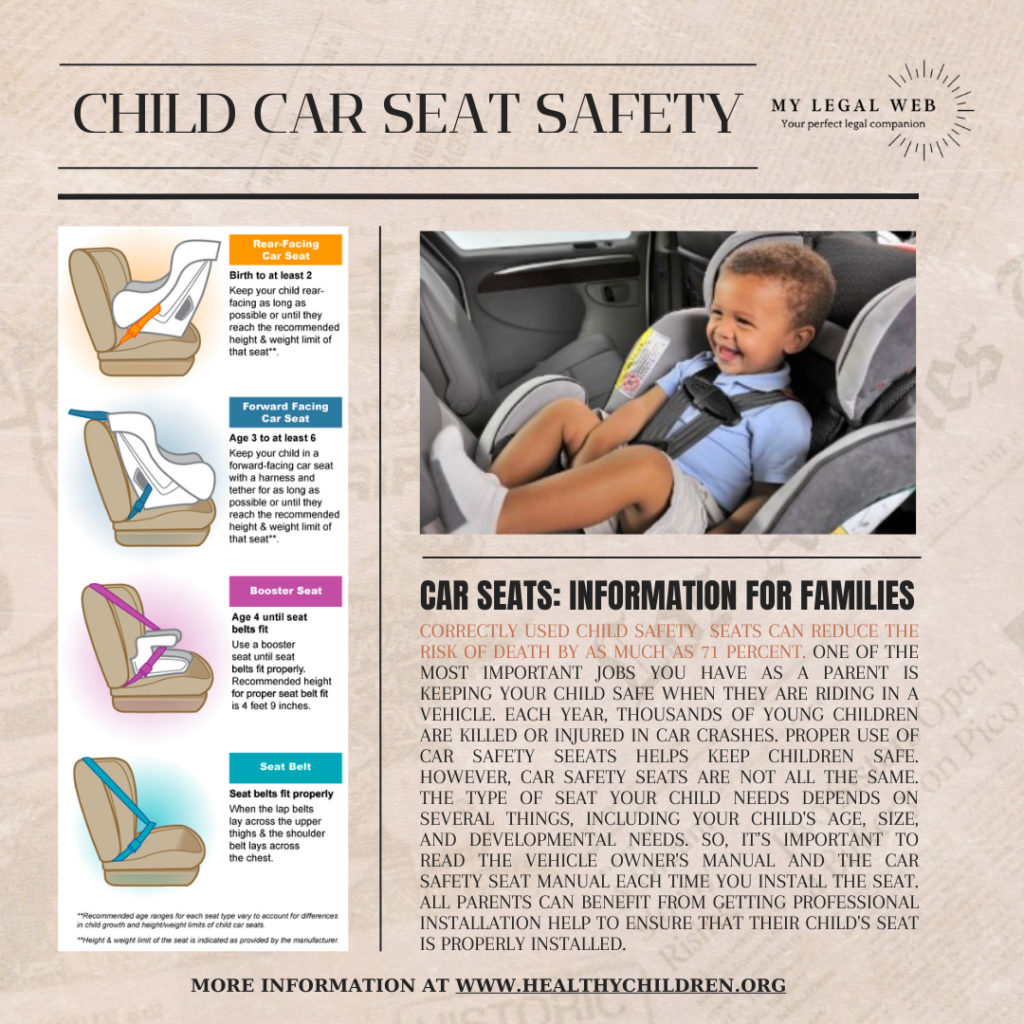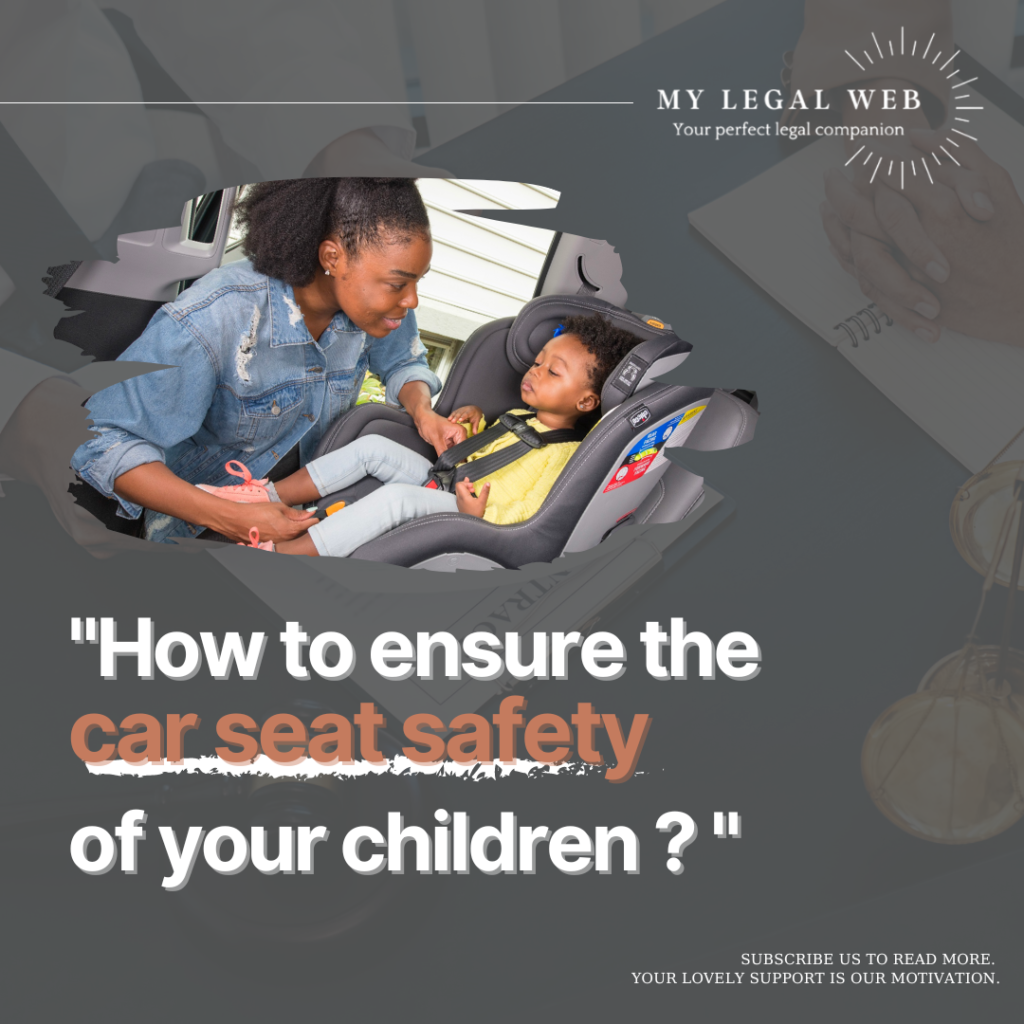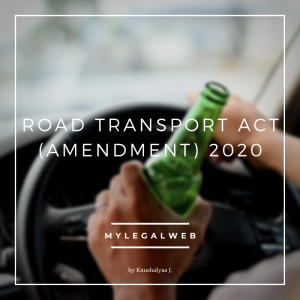Protecting your children carefully always come first.
Child Restraint System (CRS) is a seat that is designed for child safety in vehicles. The seat helps to protect children during road crashes from severe injuries when install in the vehicle correctly. In Malaysia, the CRS regulation has been gazetted by the Road Transport Department (JPJ) under the Road Transport Act 1978 – Motor Vehicles (Safety Seat-belts) (Amendment) Rules 2019.
On 1st January 2020, the law was implemented for private vehicles. The rules stated that CRS used in Malaysia must comply to UNR standard (R44 or R129) and children must weigh less than 36 kg, or with a height less than 136 cm, or aged below 12 years old. As announced by the Minister of Transport, the current enforcement is by advocacy approach for those who are caught not using CRS for their child. Based on observation research by MIROS, there is an increment in the percentage of CRS awareness among drivers, which is from 44% in 2019 to 50% in early 2020.

The 2020 car seat law is here and the Malaysian Institute of Road Safety Research (MIROS) has established the Buku Garis Panduan Kerusi Keselamatan Kanak-Kanak di Malaysia (Child Restraint System Guideline in Malaysia) as an official guide to the new mandate.
If you are a parent and clueless as to what a Child Restraint System (CRS) is and how its implementation has (thus far) affected the nation, here’s all that you need to know:
1. Compulsory child car seats from January 2020, but no penalty for the first six months
In last October, the Minister of Transport had announced that it was time to impose the mandatory use of child seats, as MIROS revealed that only 30% of car drivers have been utilising them. The new child seat regulation goes into effect starting January 2020, but there will be no summonses issued for the first six months, said the Minister of Transport, Anthony Loke. During this period, drivers who are found without the child car seats will not be penalised by the JPJ. Instead, they will be issued warnings and reminders to install the seats. The minister also stated that the government will impose tax breaks for child seats to make the implementation more effective and encourage quicker adoption. It was said that there will be no import duty and the excise fee will be reduced from 10% to 5% for child car seats.
2. Large families may be exempted from child safety seats rule
If you’re a parent with many children, fret not. The Ministry of Transportation recognises the plight of large families with this ruling and is considering to exempt them from the mandatory installation of CRS in vehicles. Understanding that large families may not be able to fit 4–5 CRS in a car, there will be no punitive measures, as the ministry will turn the introductory period as a training period, according to the Deputy Minister, Kamarudin Jaffar. Nonetheless, the exemption will be considered depending on the number of children and size of the vehicle. Albeit the insipid implementation of car seats viewed by some—if not most—parents with large families, all parents should always consider on getting a car seat for your child because car seats can save lives.
3. Choosing the right type of car seat for your child
When choosing a CRS (child car seat), the weight and height of the child should be considered, rather than basing it off on their age. This conception is logical because children of the same age may differ greatly in terms of their body size. The UN guidelines break it down into four groups:-
| Category | Height/Weight | Estimated Age | Type of Seat |
| Group 0/0+ | – weight below 9 kg – recommended for weight below 13 kg | – 0-18 months | – rear-facing car seat |
| Group 1 | – weight between 9-18 kg – minimum height 71 cm | – 15 months to 4 years | – forward facing infant seat |
| Group 2 | – weight between 15-25 kg – minimum height 100 cm | – 4-7 years | – child booster seat with five-point harness |
| Group 3 | – weight between 25-36 kg – height up to 135 cm | – 6 years and older | – child booster seat |
For young parents, you can also save money by considering using car seats from your siblings and close relatives whose own children have outgrown them. Just ensure that the seat is still intact and in compliance with the most recent regulations, so it doesn’t compromise the safety of your child.
4. Buckle the Kids Right
Remember, safety is always first. Read the car seat manual instruction prior to installing and using your CRS. Getting your first child car seat (or a new one) can be pretty exciting, but don’t throw the manual just yet. Keep it handy for future reference! All parents should keep in mind to use the car seat for all journeys, however short. Take caution when using a second-hand car seat, as you do not know the history of the seat, and never try to modify a CRS, be it is fitting, harness or buckle, to make it fit in your car. Your action will jeopardise your child’s safety, which defeats the purpose of installing and using a CRS in the first place. It was reported that these child safety seats can reduce the risk of serious injuries to children by at least 45%. Regulations have been set to improve the safety standards of the equipment being sold so that your little ones are more protected in the event of an accident. As such, most parents nowadays understand the importance of using CRS.
Overview
Car seats and boosters provide protection for infants and children in a crash, yet car crashes are a leading cause of death for children ages 1 to 13. That’s why it’s so important to choose and use the right car seat correctly every time your child is in the car.




